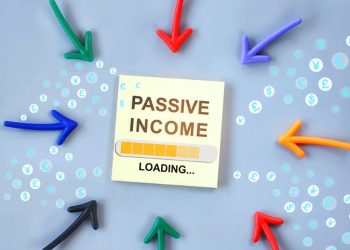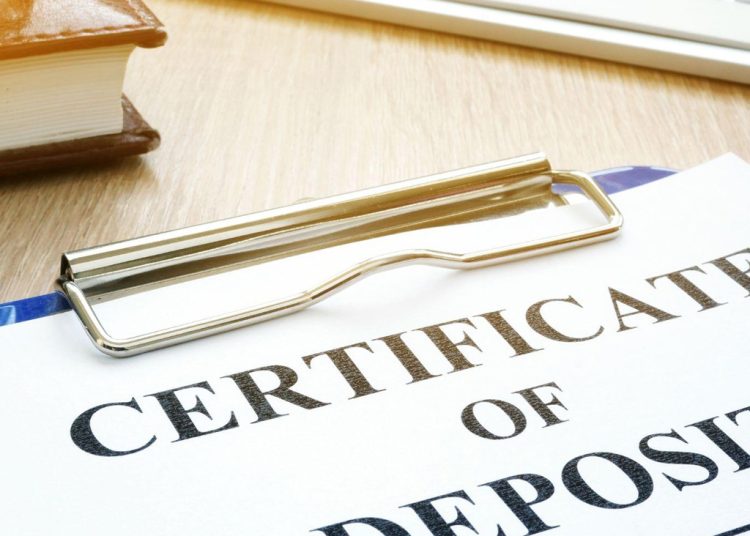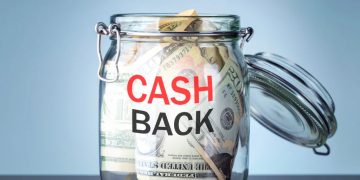Building a strong financial foundation is a goal many strive for as they prepare for the future. Among various tools available, a CD account remains a reliable option for individuals seeking secure and predictable growth of their savings. In this guide, we’ll explore essential insights for managing a CD account in 2026, alongside important savings and investing tips that can help maximize your financial potential.
Understanding a CD Account: What Makes It Unique?
A certificate of deposit (CD) is a time-bound deposit offered by banks and credit unions. When you open a CD account, you agree to leave your funds deposited for a fixed term—ranging from a few months to several years—in exchange for a higher interest rate compared to traditional savings accounts. Because the money is locked in for the term length, CDs typically offer better returns as a trade-off for reduced liquidity.
The guaranteed interest rate and low risk make CDs a powerful tool for conservative savers who want steady growth without exposure to stock market volatility. However, it’s important to understand the terms and penalties associated with early withdrawal when considering a CD.
Why Consider a CD Account for Savings in 2026?
Interest rates have been changing frequently in recent years, making it crucial to monitor the best opportunities available. A CD account can serve as a strategic component for savings in the following ways:
1. Higher Interest Rates than Regular Savings Accounts
Banks often offer better rates on CDs precisely because your money remains locked in for a predefined time. In 2026, many financial institutions continue to provide competitive rates, sometimes eclipsing inflation, which helps your money grow in real terms.
2. Safe and Insured Deposits
CD accounts are insured by the Federal Deposit Insurance Corporation (FDIC) or the National Credit Union Administration (NCUA) up to applicable limits, ensuring your principal investment is protected against the failure of the bank or credit union.
3. Predictability and Stability
Unlike stocks or mutual funds, the returns on a CD are fixed and predictable, making it easy to plan your finances. For savers who prioritize peace of mind over potentially higher—but riskier—investment returns, CDs can anchor a diversified financial portfolio.
Tips for Maximizing Your Savings with a CD Account
Laddering Your CDs
One popular strategy is to create a CD ladder. This involves dividing your savings into multiple CDs with staggered maturity dates—say, 6 months, 1 year, 2 years, and 3 years. As each CD matures, you can reinvest at current interest rates or access funds as needed without paying penalties. CD laddering combines flexibility with better earnings over simply locking all funds into a single long-term CD.
Shop Around for the Best Rates
Interest rates can vary widely between banks, credit unions, and online financial institutions. Take time to compare offers, including minimum deposit amounts and early withdrawal penalties. Online banks often present attractive CD rates owing to lower overhead costs.
Consider Your Time Horizon
Think carefully about when you might need access to your funds. Opt for terms that align reasonably with your financial goals and liquidity needs. Shorter-term CDs usually offer lower interest but greater flexibility, while longer-term CDs lock in higher rates but with less easy access.
Incorporating CDs Into Your Broader Investing Strategy
While CDs provide steady, low-risk growth, relying solely on them for investing may limit your portfolio’s earning potential over the long term. Diversification remains a foundational principle of investing.
Balancing CD Accounts with Other Investments
To build a well-rounded investment portfolio, consider blending CDs with other asset classes:
– Stocks and Mutual Funds: Suitable for long-term growth, but come with higher volatility.
– Bonds: Offer income generation with moderate risk.
– Real Estate or Alternative Investments: Provide diversification but may require more active management.
A financial advisor can help tailor an investment mix based on your risk tolerance, goals, and timeline.
Using CDs for Safe Portion of Your Portfolio
Especially as retirement approaches or during market uncertainty, CDs can serve as the conservative “safe haven” portion, preserving capital while still earning higher interest than a basic savings account. By protecting a slice of your wealth in CDs, you reduce the stress of market downturns impacting your essential funds.
Key Considerations When Opening a CD Account in 2026
– Early Withdrawal Penalties: Understand these fully as accessing money before maturity usually incurs a penalty, reducing your returns.
– Minimum Deposit Requirements: Some CDs require a minimum deposit; make sure you meet this to qualify for advertised rates.
– Interest Payment Frequency: Some CDs pay interest monthly, others at maturity. Choose based on your cash flow preferences.
– Automatic Renewal Terms: Many CDs auto-renew at maturity. Decide if you want to let it renew or withdraw.
Final Thoughts: Smart Savings and Investing for the Future
A CD account remains a valuable piece of the savings and investing puzzle in 2026, especially for those who prioritize safety and predictable returns. By employing strategies like laddering, shopping for competitive rates, and balancing CDs within a broader investment plan, you can significantly strengthen your financial position.
While CDs may not offer the highest growth potential, their reliability and security provide an essential counterbalance in any well-planned portfolio. Start by assessing your goals and time frames, then explore CD options that align with your needs. With thoughtful planning, you’ll be equipped to grow your savings steadily while maintaining valuable flexibility within your finances.






































